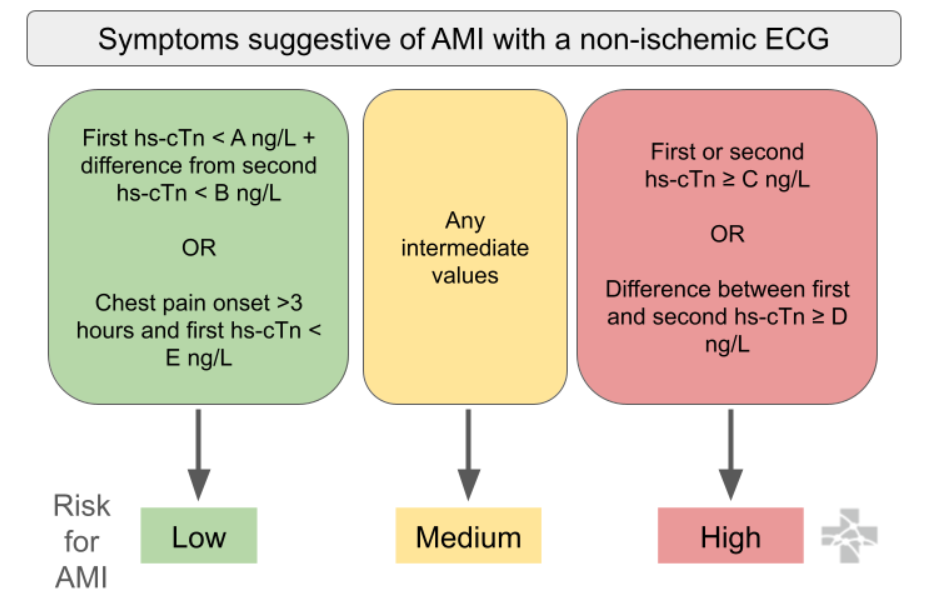Hello all, this week's video of the week is a spooky bloody one inspired by this past Halloween weekend!
Brought to you by Dr. Gabriela Hernandez and Dr. Victor Wong!
ED Course
61 y/o female with PMHx of HLD presents to the ED for worsening suprapubic pain x5 months. Several months ago she had an MRI which revealed free fluid in her pelvis. States that she had an outpatient ultrasound done 4 days ago which revealed persistent fluid in the pelvis and she was sent home with pain medication and antibiotics. Associated symptoms are subjective fever, pelvic pain with walking, and dysuria. Reports history of C-section x1 and D&C. Denies nausea, vomiting, diarrhea, chest pain, vaginal bleeding, vaginal discharge.
Ultrasound
In this still image from clip 1, there is some free fluid around a distended uterus that is filled with heterogenic complex fluid that may be a mass or coagulated blood.
In the 2 attached clips, clip 1 shows a sagittal distended uterus with complex fluid, likely blood clots with trace amount of free fluid in the pelvis. Clip 2 shows the transverse view of the uterus again with complex fluid.
Formal ultrasound obtained by the team revealed: Markedly distended uterus containing complex fluid. Considerations include endometrial carcinoma vs. extensive blood clot. Possibly infection/pyometrium in the appropriate clinical setting.
Conclusion:
OBGYN consulted. They recommended obtaining tumor markers and close follow-up with her outpatient GYN.
Learning Points:
Appearance of blood on ultrasound can be variable depending on age of clot
Acute, fresh blood
Often hypoechoic or anechoic, may resemble simple fluid early on
Can have internal echoes that swirl with probe pressure
Organizing / clotted blood:
Becomes heterogeneous, with low-to-medium echogenicity
Often appears as avascular, nonshadowing, ill-defined material
Can seem like a “soft tissue–like” mass that lacks internal vascularity on color Doppler
Echogenicity tends to increase as the clot ages and fibrin organizes
Chronic clot:
Can become retracted and hyperechoic, sometimes mimicking a fibroid or retained products
References:
Patel, S. J., Feldstein, V. A., & Filly, R. A. (2021). Sonographic differentiation of retained products of conception, blood clot, and intrauterine masses: Diagnostic challenges and clinical implications. Emergency Radiology, 28(3), 527–534. https://doi.org/10.1007/s10140-020-01865-6
Radiopaedia contributors. (2025). Blood clot (ultrasound). Radiopaedia.org. Retrieved from https://radiopaedia.org/articles/blood-clot-ultrasound
Nassiri, S., & Lerman, J. (2017). Ultrasound features of pelvic hematomas: Recognizing blood in disguise. Ultrasound Quarterly, 33(1), 40–47. https://doi.org/10.1097/RUQ.0000000000000265




